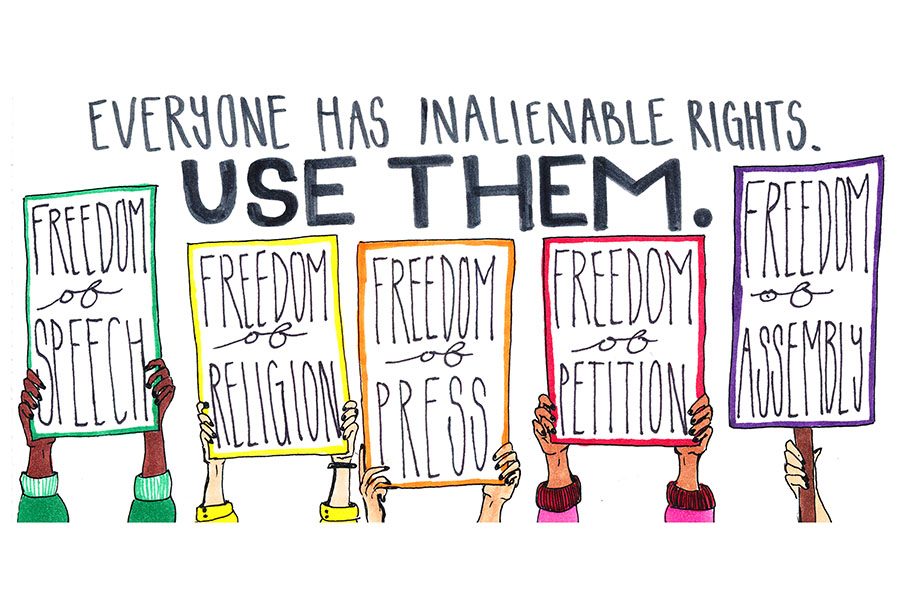On this post, I will talk about all of the technology I use to learn, with topics ranging from entertainment to education. As for the question: “How do we learn?”, I would say that is a constantly evolving process that has, particularly in the past decade, made plenty use of the internet and various softwares. I will now share some of the applications and resources I use.
Education: Blackboard/Moodle
With all of the online articles and written assignments that have to be done for class, Blackboard has been the platform that allows me to stay in touch with my classes to get work done. Some of the ways Blackboard has helped me ranges from articles for theory classes to essays and presentations being submitted. Since I am abroad this semester, Moodle has been the substitute to Blackboard.
Basketball: Instagram/NBA App
When it comes to keeping up to date with what happens in the NBA, I mainly rely on the highlights posted on Instagram by the NBA page, as well as the NBA App. The reason I have the NBA App as opposed to the ESPN App is because I would prefer to keep the news I receive from a sports app to just basketball as opposed to football and hockey, which are sports I do not follow.
Family/Friends: Snapchat/Instagram Messenger
When it comes to being updated with how my family is, I prefer to have some form of constant communication going through as opposed to directly texting them. With platforms such as Snapchat and Instagram Messenger, I can send people I care about small snippets of my life, as well as posts that remind me of them. At times when they send me Snaps or a video I enjoy, I will comment on what they’re talking about and then engage in small talk. That way it shows that I am thinking about them, yet there isn’t excessive effort on either end the way it would be like with text.
Business: The Morning Brew
This is actually something I have only recently gotten into, and I haven’t been as consistent as I would like to be. At IES, I met a student who follows The Morning Brew, a daily business newsletter that sends emails Monday-Friday around 6am EST. I am the kind of person that would prefer to read concise bits of information as opposed to one in-depth article (that way I can learn more without tiring myself out or wasting too much time on one topic). The Morning Brew does such, and I enjoy reading about what’s going on in the world of business.
Finances: Wells Fargo App
When it comes to all things related to my finances, I use my Wells Fargo App to make sure I am making smart financial decisions. This is particularly important now that I am abroad and do not have a form of income to make for myself while here, which I prefer to do since I pride myself in self-sufficiency. Whether it be tracking how much I have spent in the past month to checking my FICO score, my Wells Fargo app helps me know what it takes to be a financially stable young adult.
Entertainment: Netflix/Instagram
With all of the ways that technology can keep a person occupied, my main ways of keeping busy include watching shows on Netflix and spending time on Instagram seeing posts and videos. Both of these outlets allow me to see what is being broadcasted in our society, as well as keeping up to date with what’s humorous. My Instagram has a diverse selection of profiles followed, ranging from NBA highlights and Buzzfeed posts to bodybuilders. My Netflix and Instagram are tailored to what I like and wish to have constant updates on, hence an extension of my self-expression.






